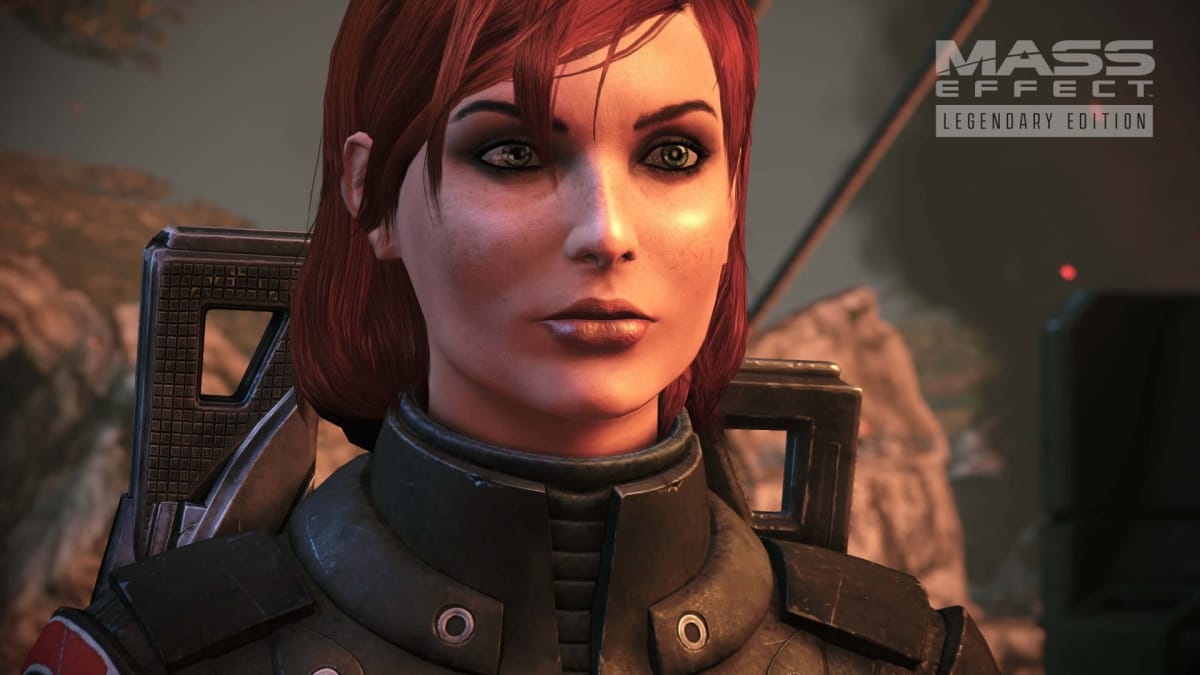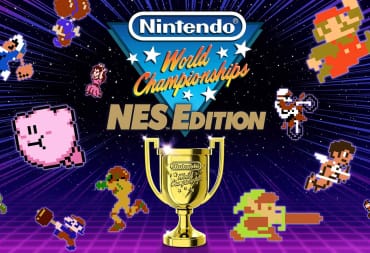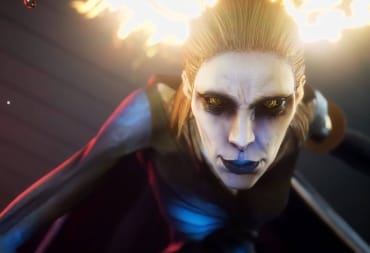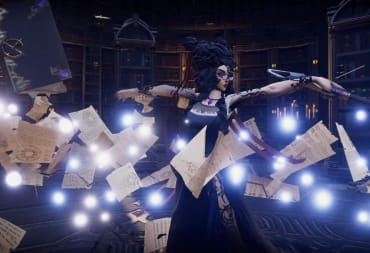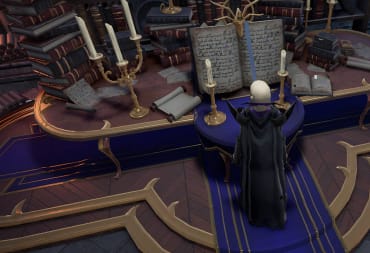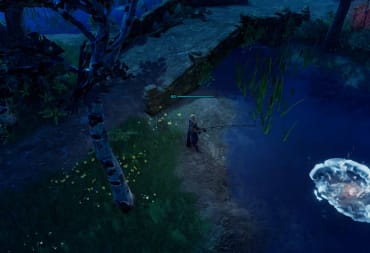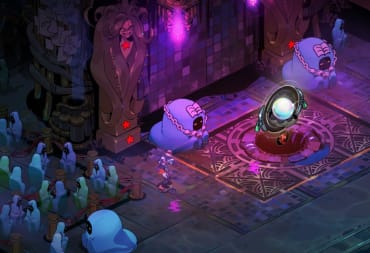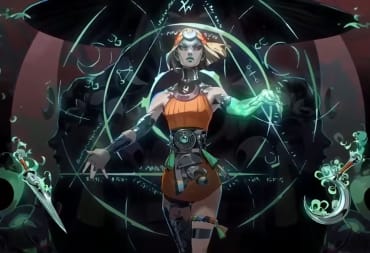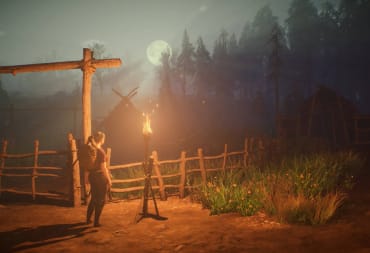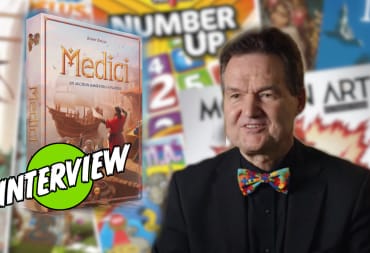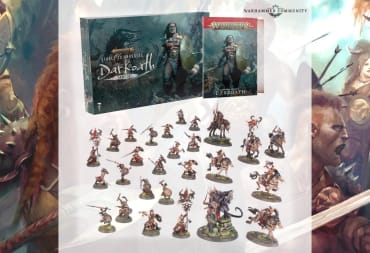Video games offer a safe place for trans people to explore their gender identity. In the real world, experimenting with new names, clothes, and enacting a whole identity that better aligns with one’s true self can be harder than a FromSoftware game, but within the confines of the virtual world, experimenting with gender presentation and understanding new trans-themed concepts is far less difficult. In fact, it can be downright easy. Where closeted and questioning trans people must avoid potentially hostile family members, do their own research on gender identity and transition-related care, and literally hide their secret stash of clothes and makeup in a closet, games can be far more liberating. Through character creators, trans-specific quests, and deliberate narrative-driven games with transgender representation, video games offer a terrific alternative outlet for trans people to interact with complex inner feelings that our culture deems taboo.
Video games essentially act as vehicles for queer self-discovery. Like a gay Rube Goldberg Machine, games can help closeted trans people realize something about their lives is amiss and offer ways to remedy these identity issues. Through their very nature as an interactive medium, video games have an array of options and choices that rely on input from the player, and when that aforementioned player is an egg (i.e. a trans person who doesn’t know they are trans), the game’s choices, options, and customization might confront this player with certain trans-themed truths that they would normally avoid. Video games can force them to grapple with their gender identity.
This reflects my experience living at the intersection of gaming and transgender identity. Before coming out as a transgender woman, video games were the avenue in which I contemplated my gender identity. One of my parents was (and still remains) very much a religious conservative who has ingrained homophobic and transphobic beliefs, and as a questioning trans kid and a young adult in the 2000s and the 2010s, I utilized the medium of video games as a way to process the tumultuous feelings surrounding my gender identity. In the real world, I always feared being caught with my sister’s clothes or be referred to as “gay” over my sometimes abundant lack of masculinity, but video games delivered a safe environment allowing me to embody a female persona that better fit my actual identity. Away from the prying eyes of the living world, playing as a female character was like a secret between the game and myself, a form of video game-player confidentiality. What happened in the game, stayed in the game.
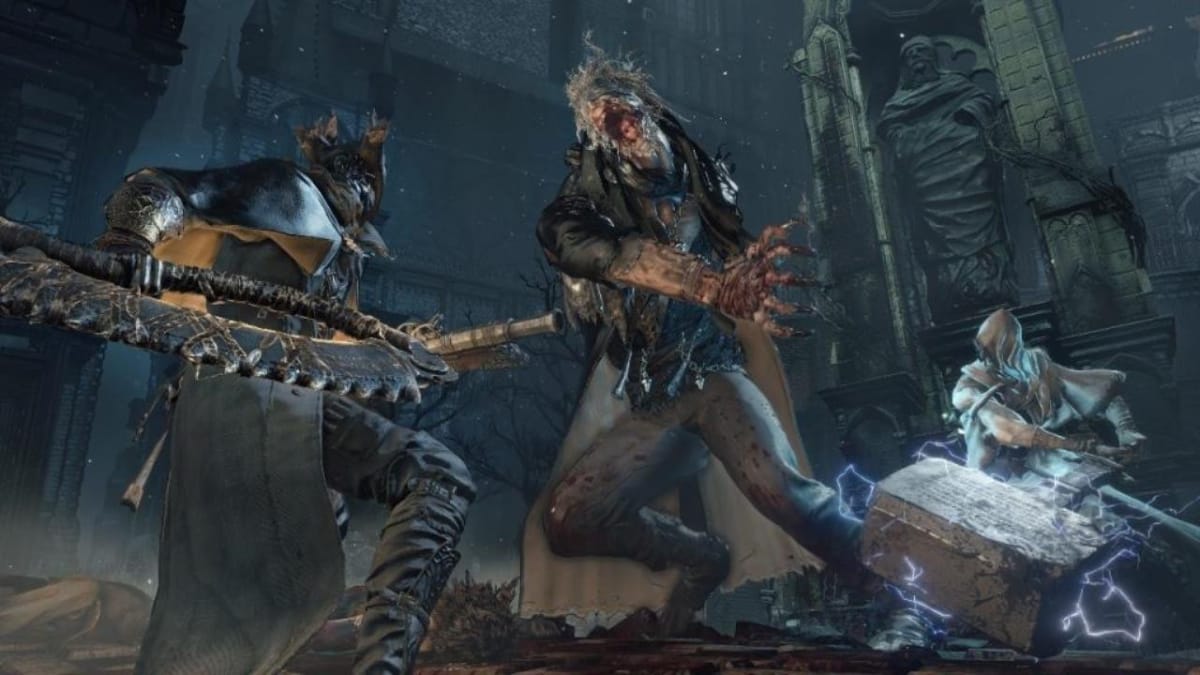
Character Creators
This gender self-examination happens a lot in games with RPG-style character creators. More than just creating a character, games like Mass Effect, Skyrim, or Saint's Row give you the ability to play as your own avatar that acts as a stand-in for yourself. Trans players can customize their own face, features, clothes, and gender (the more customization options, the better) that befits their real-life forbidden identity and explore how it feels to be this character in the game. Trans people questioning their identities for the first time might ask themselves, “How would it feel if I looked more feminine/masculine? Do I enjoy how the game refers to me as a woman/man/non-binary identity? If so, why does the game make me feel that way?”
These are all questions I first had when playing around with character creators. Hell, I had these thoughts even before I was aware of the fact that I was trans. Prior to turning 22 back in 2013, I was completely oblivious to the meaning of gender identity and the existence of transgender people, and when playing games like Mass Effect or Skyrim as a young adult, the notion that I could play the game with a female character had a certain allure. While I ultimately ended up playing the games with male avatars (mostly because my fragile sense of masculinity feared the queer implications of choosing otherwise), these character creators started a process where I became more introspective about my identity. They helped open my eyes to the internal incongruence between my identity and my physical body.
Nowadays, I am comfortable playing games like Bloodborne or Cyberpunk 2077 with my custom-made female avatar. Through these self-created characters, I am represented as the woman I am when interacting with all these virtual worlds. It is an empowering feeling and one that I will never take for granted. At last, I feel seen.
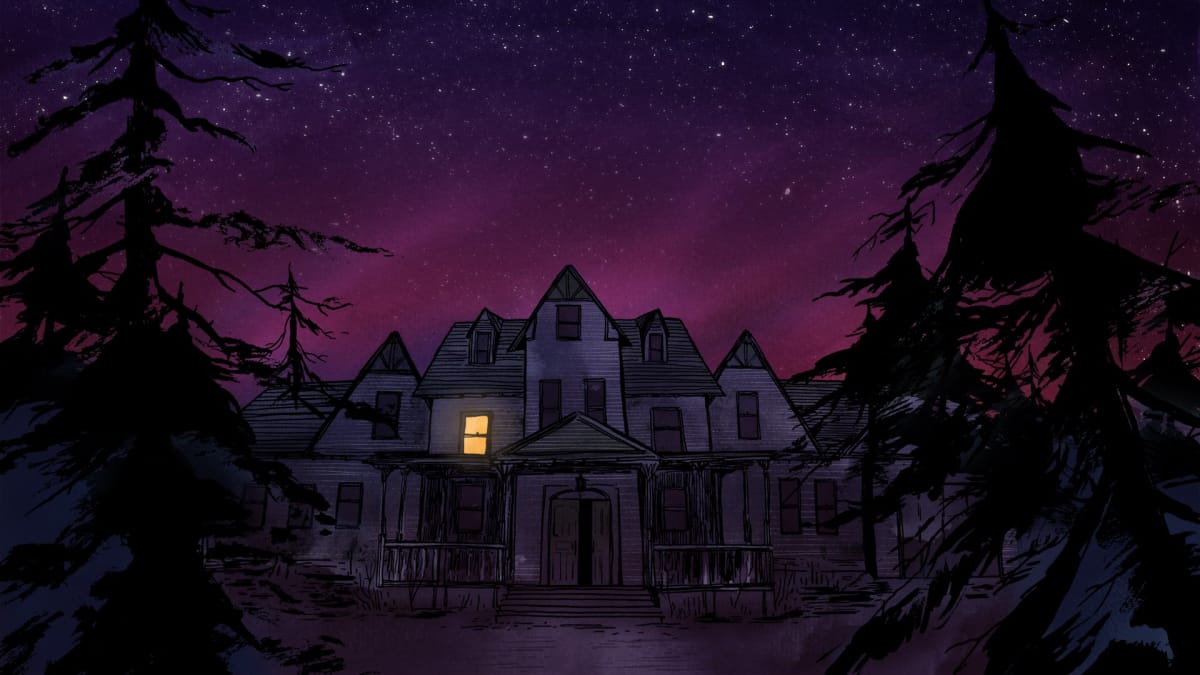
Gender Bending Side Quests and Minor Narrative Elements
This act of video-game gender self-actualization extends beyond games with RPG-style character creators as well. In fact, many games feature side quests or subtle narrative elements that involve gender transformations. Games like Fable 2, Final Fantasy 7 Remake, and Gone Home have moments where a character transforms into the opposite sex (whether through magic or cross-dressing), and these parts of those respective games can be incredibly impactful to transgender audience members. After all, consciously or subconsciously desiring to be transformed into the opposite sex is a prevalent automatic thought for many trans people (especially those who are eggs or haven’t started the process of gender transition), and games containing these genderbending plotlines speak to trans people on a personal level. Despite being relatively minor parts of their respective games, games with gender transformations can really strike a chord with a transgender audience.
This includes myself. In fiction, the genderbending genre has always had a special place in my queer heart. I used to watch an embarrassingly large amount of awful movies where characters undergo gender transformations like Dr. Jekyll and Ms. Hyde or It’s a Boy Girl Thing, and even though these movies objectively belong in the trash, I couldn’t get enough of this garbage. Whether knowingly or unknowingly, I wished that type of magical gender-swap shenanigans would happen to me. It would’ve been awesome!
Video games with cross-gender text and subtext were even more poignant to me. Where most gender-bending films are unapologetically terrible, video games with gender transformations fared far better, and speaking for myself, Fable 2 and Gone Home were two of the most important of these games. In terms of Fable 2, there is a side quest where the player can drink a potion that permanently alters their gender, and when it comes to Gone Home, a character writes this fictional story where one of the male protagonists is transformed into a woman. In both instances, these plot developments set off certain pink and blue alarm bells in my brain, mostly because I wished that I could drink a potion or undergo some other form of witchcraft in order to change my gender. Whether through gameplay or the narrative, Fable 2 and Gone Home inspired me to self-analyze why I had these feelings. They forced me to examine why I had an intrinsic need to become a woman.
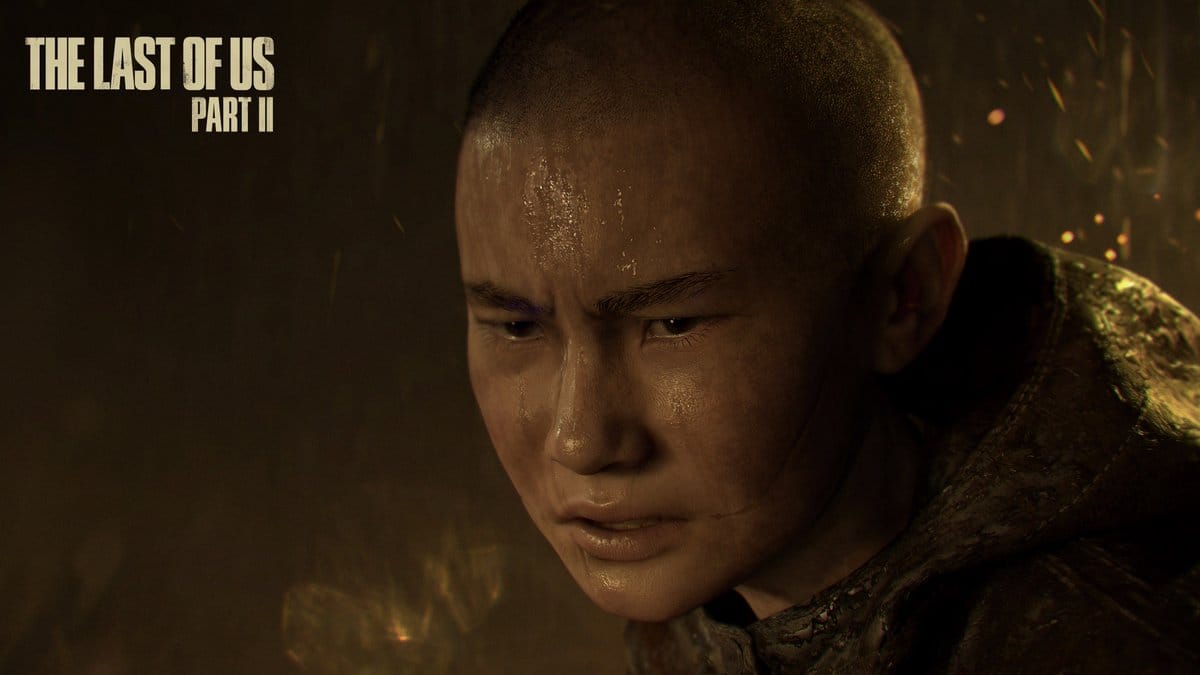
Trans Representation
With all this being said, good trans representation remains the best way to introduce new transgender concepts to closeted, unhatched translings. Beyond character creators, side quests, and small narrative beats, good trans characters, whether they be protagonists or supporting characters, are the most important way for trans people, who often feel neglected by popular entertainment, to feel seen. Trans folks, especially closeted trans people who live in unsupportive households, need strong and narratively rich trans characters that are implicitly trans in the text in order to feel seen. For many trans people, they’ve never knowingly met another trans person, and by including a strong trans character, they can, at last, see someone who is like themselves. They can realize that they aren’t alone.
Video games are admittedly better with trans representation than other artistic mediums. Where movies like The Hangover Part 2 and Zoolander 2 (what is it with sequels containing transphobia?) bombard audiences with transphobic stereotypes and rotten jokes, video games have overall been ahead of the curve in terms of transgender representation. While some games miss the mark (*gives The Legend Of Zelda: The Breath Of The Wild a death glare*), games like Dragon Age: Inquisition, Horizon Zero Dawn, The Last Of Us Part 2, and Tell Me Why pick up the slack with their trans characters. Ranging from minor roles or being more narratively prominent, the trans characters in these games are portrayed with an air of humanity that is often lacking in other stories featuring trans people. The representation is actually good.
Of these games, The Last of Us Part 2’s trans representation is especially notable. The game, which is a post-apocalyptic zombie horror game, stars a prominent trans character who undergoes a very meaningful arc tied to their gender identity. This supporting character is Lev (played by Ian Alexander): a trans man who lives within a transphobic culture and society that wrongfully designates him as a girl. Over the course of the game, Lev meets Abby, a woman that respects Lev’s identity as a man. Together, they team up to fight against the forces of transphobes attempting to recapture Lev.
Lev’s plotline in The Last Of Us Part 2 is great for several reasons. It equates trans acceptance with moral righteousness; the game condemns transphobia as being morally reprehensible; and the title had a huge audience. In fact, as an action/horror triple-A game, The Last Of Us Part 2 is the equivalent of a thematically deep summer blockbuster. The game had a large player base and an audience that definitely included many trans people who were in the closet or were only just starting to question their gender identity.
I know this because I was in a similar position. The Last Of Us Part 2 is the type of game I would have played as a teenager. It is a dark and subversive slice of genre fiction that I would’ve gobbled up like a Waffle House breakfast, and this is important to note because it has a trans plotline. As stated prior, I did not discover what it meant to be transgender until I was 22, and I grew up in a quasi-religious conservative household, meaning that playing a game like The Last Of Us Part 2 would have been the first time I’d have been introduced to the concept of transgender identity. It would have been the first time to see someone like myself who went through many similar identity-, family-, trauma-, and cultural-based trials as I did, and with all those elements, Lev is the first time I've ever felt accurately represented in any piece of genre fiction. I unapologetically love him and his journey.
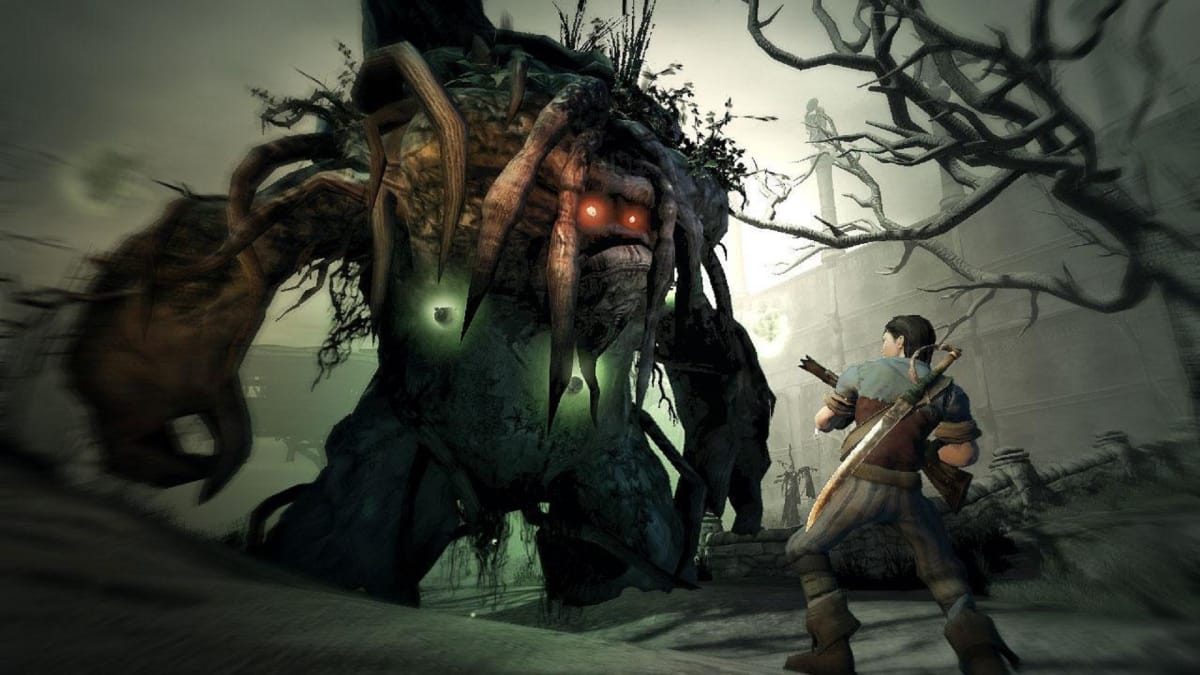
Time To Hatch Those Eggs
Ultimately, video games are a godsend for the trans community. Even in a reality where governments and families refuse to teach youth about transgender people, video games have picked up the slack. Whether through character creators, gender-bending side quests, or literal representation, gaming as a medium has helped hatch many a trans egg, and as time goes on, games will continue to aid future generations of trans people.
Have a tip, or want to point out something we missed? Leave a Comment or e-mail us at tips@techraptor.net
